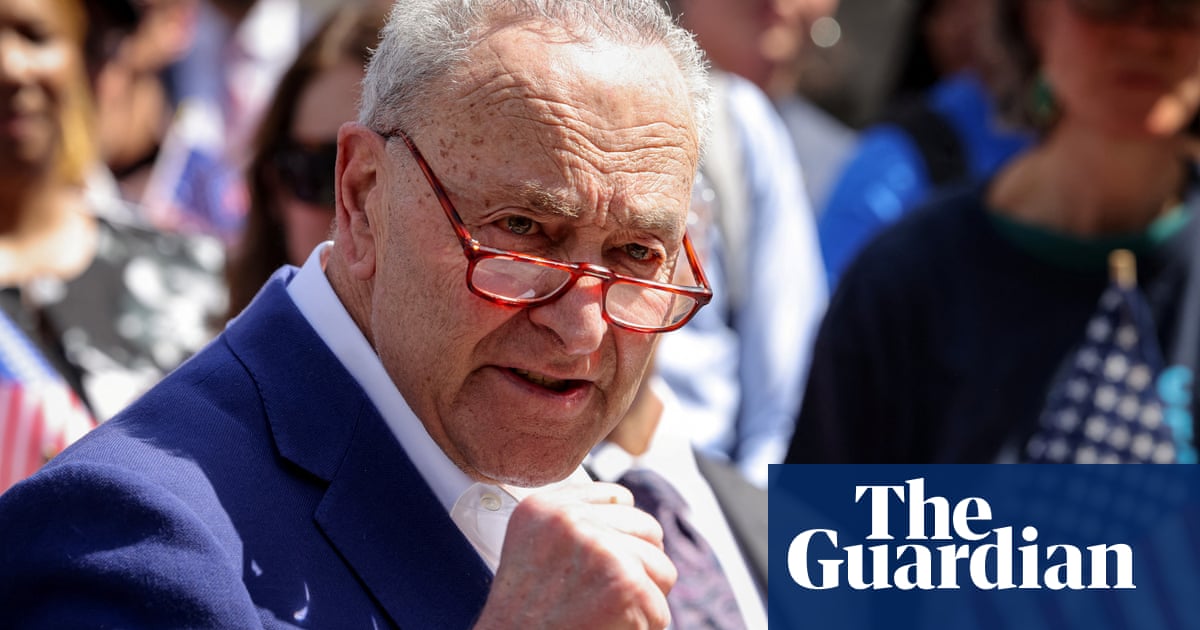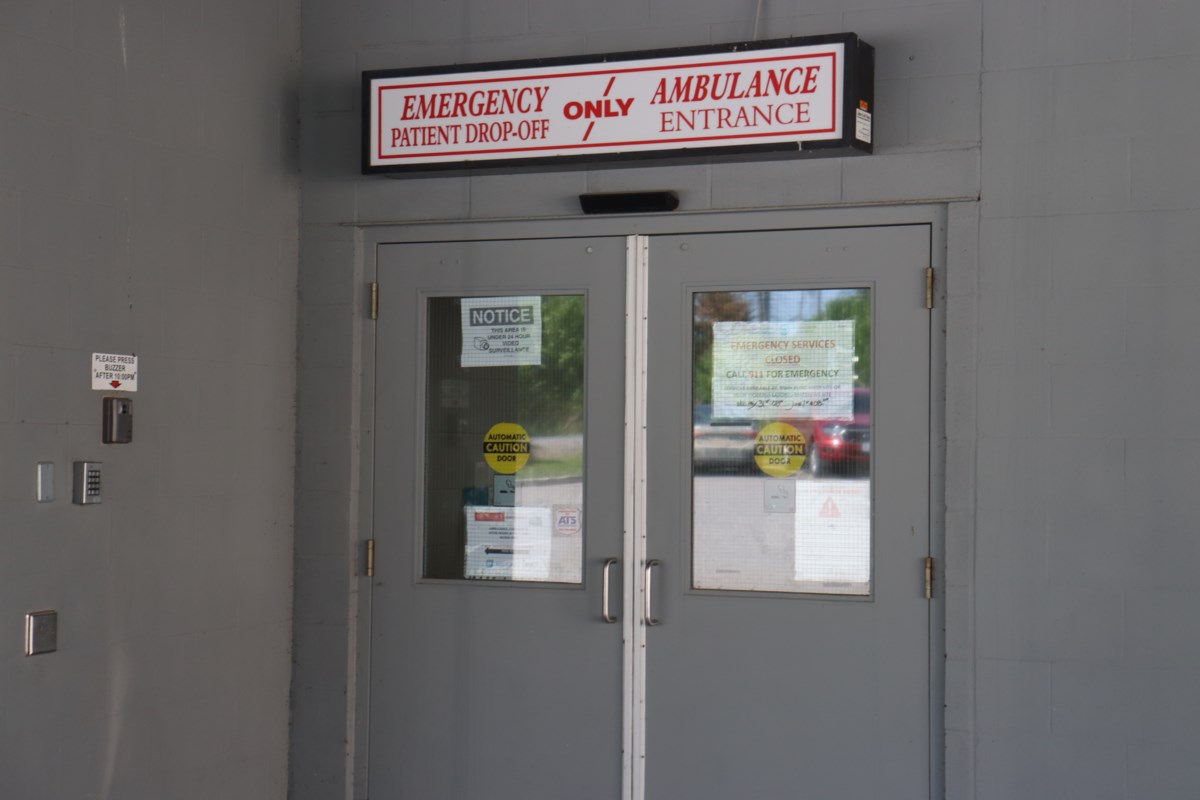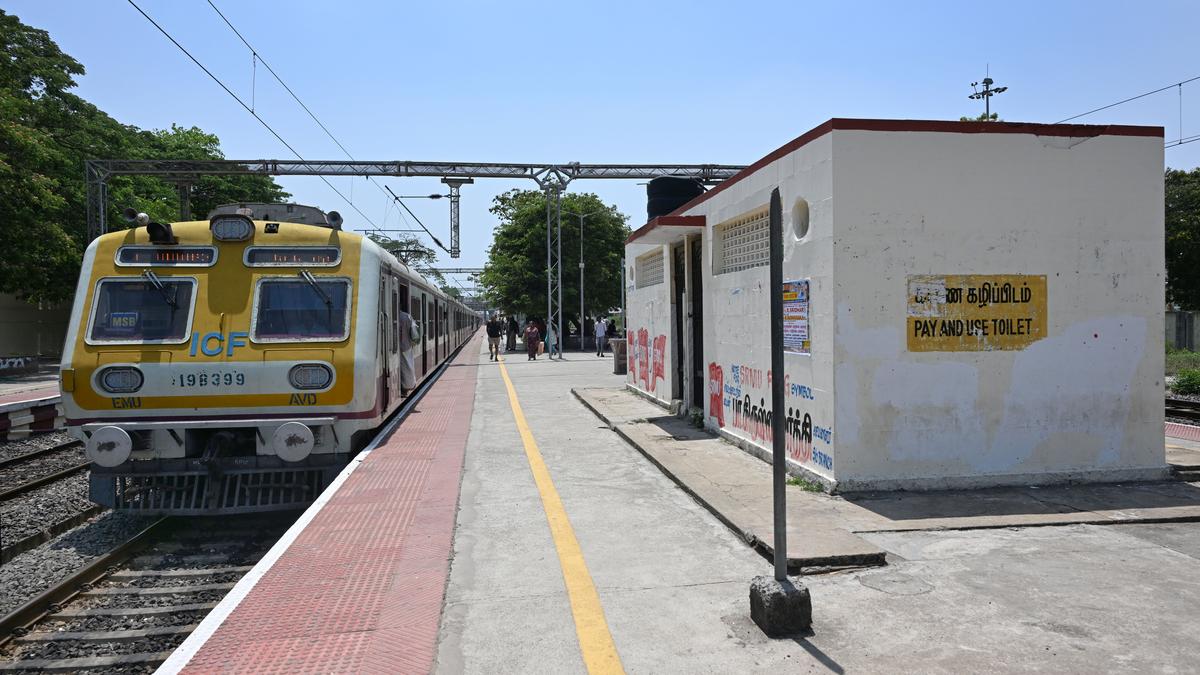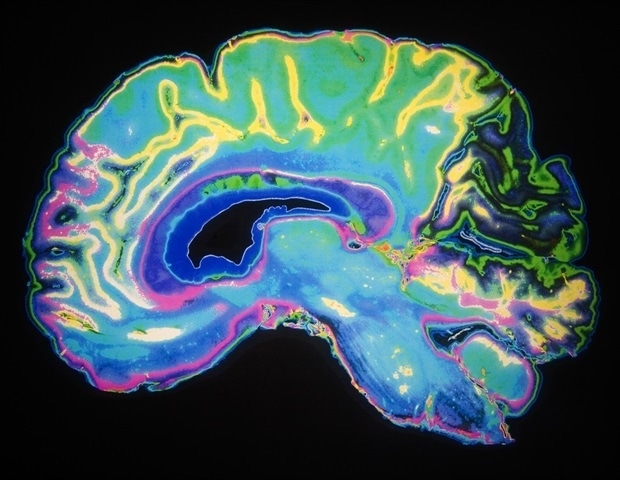Development of Bilingual Program: Changing the Community's Attitude and Promoting Dignity Towards the Program

Even though the Peace Corps was sent to Micronesia to promote teaching and use of English, it was the Peace Corps Volunteers that triggered off a major shift in attitude with respect to the indigenous language of Micronesia. [1] The bilingual program taught in today’s public education in the Commonwealth, including in both the CNMI Public School System and the Northern Marianas College, took root during the post-war administration of the Northern Mariana Islands by the United States through the United Nations-administered Trust Territory of the Pacific Islands, or TTPI. However, the revival of this program, twenty-two years after its introduction in the TTPI administration, is attributed to the efforts of the Peace Corps Volunteers. This revival stands as one of the major contributions of these volunteers. The Peace Corps Volunteers’ arrival in Micronesia led to the better understanding and cooperation with residents. By immersing volunteers in the local culture and language, the Peace Corps not only helped bridge cultural gaps but also laid the groundwork for educational reforms that incorporate languages and customs into the curriculum. According to a comprehensive study conducted in August 1975 by Gregory J. Trifonovitch of the University of Hawaii’s East-West Center, the original educational policy during the TTPI period called for bilingual education with the use of the local languages at the elementary level. The original educational policy called for bilingual education with the use of local languages at the elementary level, but implementation was hampered by budget limitations. Native Micronesians also felt they were being discriminated against by not receiving sufficient English instruction. [2] There were also other challenges that included the choice of an orthography for the native languages, the development of extension materials, the fact that not all native languages belonged to the same language families, and resistance on the part of the American staff to learning the local languages. [3] Despite arguments in favor of native language literacy, English was eventually introduced in the first grade. The local languages were reintroduced into elementary education in 1967, and the arrival of the Peace Corps Volunteers in 1968 markedly affected both attitude toward local languages and implementation of the policy. [4] Even with the sincere effort of the TTPI administration to preserve the local language and culture, it wasn’t just enough to inculcate in the mindset of the local people. It was not until 1968, with the arrival of the Peace Corps Volunteers, that this mindset was changed. Micronesians, for the first time in their history, welcomed to their shores a group of foreigners who spoke their local languages and who knew of their culture and were willing to live with them in their villages and at their own level and style of life. Not only did these new young American volunteers arrive with some knowledge of the local language and culture, but they were also trained in the techniques of teaching English as a second language. [5] One of the most profound impacts of the Peace Corps Volunteer Program is how these volunteers affected the local residents attitude toward their indigenous language. This living example of an interest in bilingual and bicultural education, as was demonstrated by the Peace Corps Volunteers, strengthened the existing basic language policy of the Trust Territory and added dignity and respect to the local languages and cultures of the Micronesian islands. [8] The volunteers played a crucial role in identifying the needs of the communities and developing educational materials that reflected that diverse linguistic and cultural heritage of the TTPI. Their efforts contributed to the establishment of programs that supported bilingual education, ensuring that students could learn in their native language while acquiring proficiency in Englis. In the Northern Mariana Islands, the Chamorro language was the subject taught as well as the medium of instruction in the lower primary grades, kindergarten through grade 3. [7] It was Rota, the southernmost island, that the bilingual education was piloted in the Northern Mariana Islands. It materialized as a result of financial support from the United States federal government. [6] “The Peace Corps has also affected the attitude towards the local languages of this area, since the volunteers are required to learn the local language. Linguists of the University of Hawaii have since conducted a preliminary linguistics analysis and developed lesson materials in Chamorro, Palauan, Yapese, two Carolinian dialects, Trukese, Ponapean, Kusalean, and Marshallese.” [9] One of the Peace Corps volunteers, Kit Porter Van Meter, after serving Rota Elementary School from 1967 to 1969 as an ESL teacher, returned back to the Mariana Islands in 1975. She was invited to lead the Chamorro/English Title VII Bilingual Program. [10] By 1975, there was at least one such bilingual education program in every district of the TTPI. It was these programs that marked the beginning of the return to the old practice of using the vernacular languages of Micronesia in the government schools even prior to changes in education policies. [11] The TTPI was divided into six districts: Mariana Islands, Chuuk (Truk), Pohnpei (Ponape), Yap, Palau, and Marshall Islands. Saipan was the capital of Micronesia. Van Meter later initiated the Carolinian/English Title VII Bilingual Bicultural Program. Major aspects of these programs included school implementation, material development, and training. Another PCV, Don Smith, was coordinating training, and after his contract ended, Jesus Elameto and Henry Sablan led the Bilingual Bicultural Program. [12] Van Meter succeeded Smith in coordinating training and was also asked to serve as state director for Bilingual Cultural Programs and Higher Education and initiate a college. [13] The impact of the Peace Corps Volunteers is evident in the initiatives that followed their involvement, including the development and expansion of culturally relevant teaching methods and materials. Their firsthand experiences and personal accounts provided valuable insights into the challenges and successes in the early years of the implementation of bilingual and bicultural education. [1] P. 119/Review of U.S. Language Policy in the TTPI by Donald M. Topping. [2] Roots of Bilingual/Bicultural Education in the Trust Territory of the Pacific Islands, Topics in Culture Learning, Vol. 3, August 1975, authored by Trifonovitch, Gregory J. [5] P. 105/Roots of Bilingual/Bicultural Education in the Trust Territory of the Pacific Islands, Topics in Culture Learning, Vol. 3, August 1975, authored by Trifonovitch, Gregory J. [6] P. 121/Review of U.S. Language Policy in the TTPI by Donald M. Topping. [8] / Roots of Bilingual/Bicultural Education in the Trust Territory of the Pacific Islands, Topics in Culture Learning, Vol. 3, August 1975, authored by Trifonovitch, Gregory J. [10] Personal account of Kit Porter Van Meter, as it appears on https://www.kpvcollection.com/archivedunused-pages.html [11] P.121/ Review of U.S. Language Policy in the TTPI by Donald M. Topping. [12] Personal account of Kit Porter Van Meter, as it appears on https://www.kpvcollection.com/archivedunused-pages.html



















